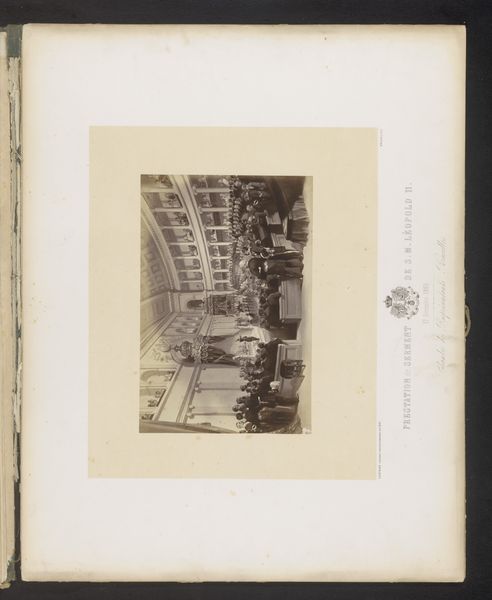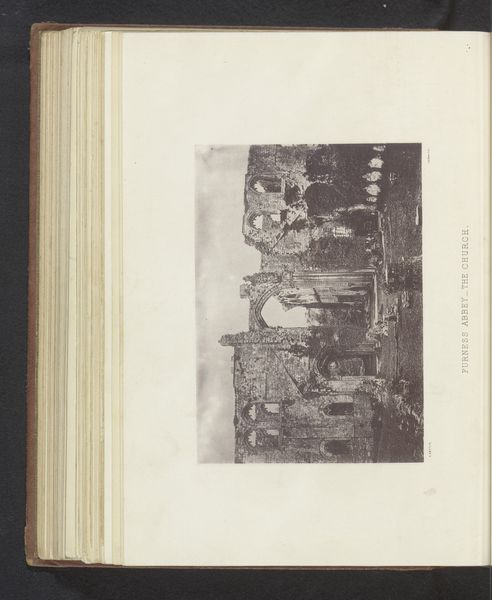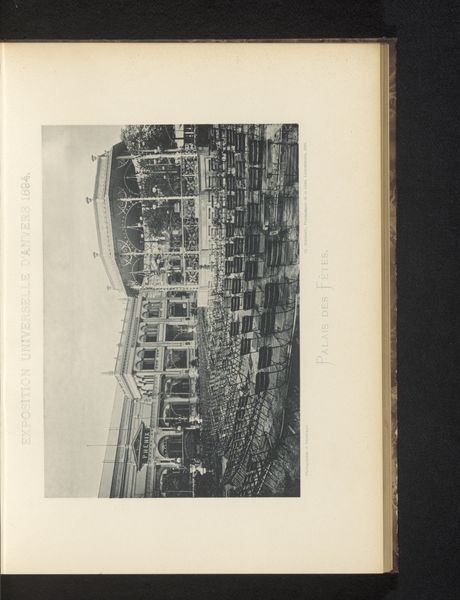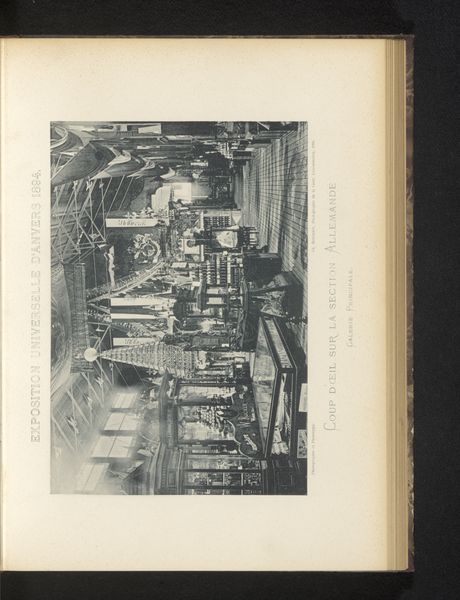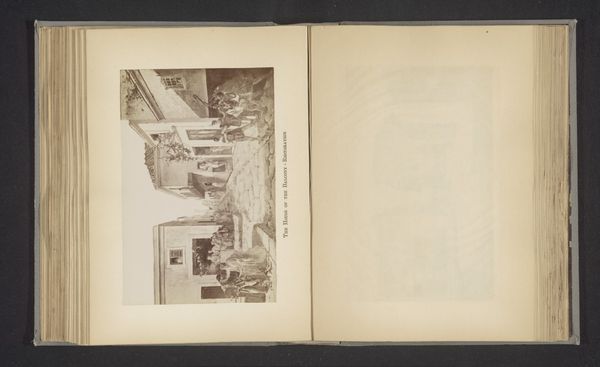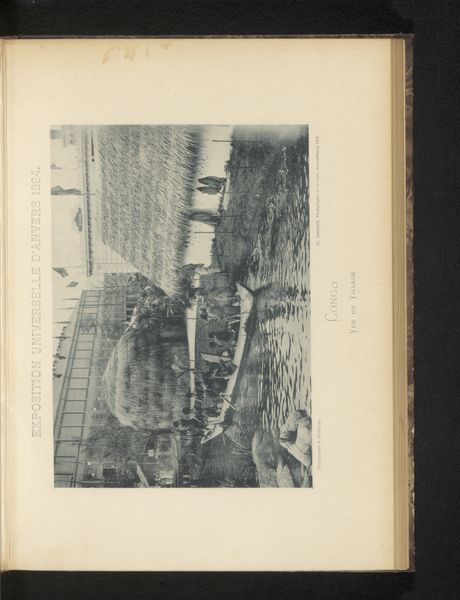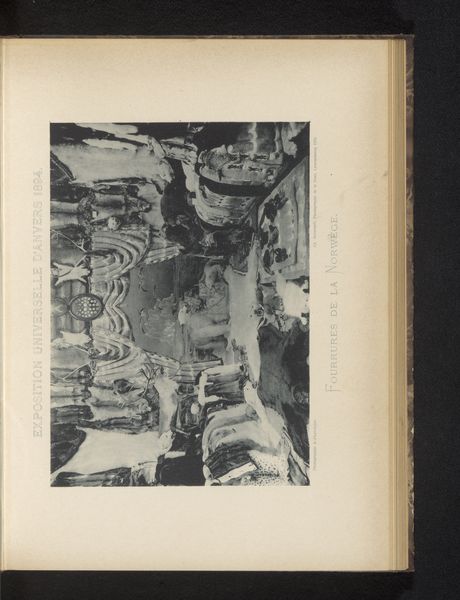
Gezicht op de verzameling van Emil Riebeck op de binnenplaats van het Kunstgewerbemuseum in Berlijn 1884
0:00
0:00
print, photography, gelatin-silver-print
# print
#
photography
#
gelatin-silver-print
#
cityscape
#
realism
Dimensions: height 238 mm, width 324 mm
Copyright: Rijks Museum: Open Domain
Editor: This gelatin silver print, "Gezicht op de verzameling van Emil Riebeck op de binnenplaats van het Kunstgewerbemuseum in Berlijn" by Hermann Ruckwardt, was made in 1884. It depicts what looks like an exhibition space, filled with objects displayed in glass cases and on tables. The perspective gives it an almost overwhelming sense of scale and order. What do you see in this piece, beyond just a record of a collection? Curator: I see a powerful visual document reflecting the colonial gaze and its relationship to knowledge production. Consider the collector, Emil Riebeck. He funded expeditions to Africa, Asia, and Australia during a period of intense European imperialism. How were the objects in his collection acquired, and from whose perspectives were they understood? This image isn't just a snapshot of a room; it’s evidence of a particular historical moment defined by unequal power dynamics and the drive to categorize and control. Editor: That makes me rethink the composition entirely. The orderly rows of objects, the high vantage point... it all seems so deliberately constructed to convey authority. Curator: Precisely. And the Kunstgewerbemuseum itself, as a museum of decorative arts, represented a specific effort to define and elevate European aesthetics, often in contrast to non-European cultures. Do you see any traces of those cultures in this photograph? What's present, and perhaps more importantly, what's missing from the picture? Editor: Now that you mention it, it's difficult to tell what the objects actually are, and their original cultural significance is totally lost here. The photograph reduces them to mere specimens in a display. Curator: Exactly. It encourages us to think about the ethics of display, the role of museums in shaping narratives, and the ongoing need to decolonize our understanding of art history. It is important to see how these spaces continue to display artifacts today. Editor: This really changes my initial perception of the photograph. Thanks for pointing out the layers of historical and social context.
Comments
No comments
Be the first to comment and join the conversation on the ultimate creative platform.

